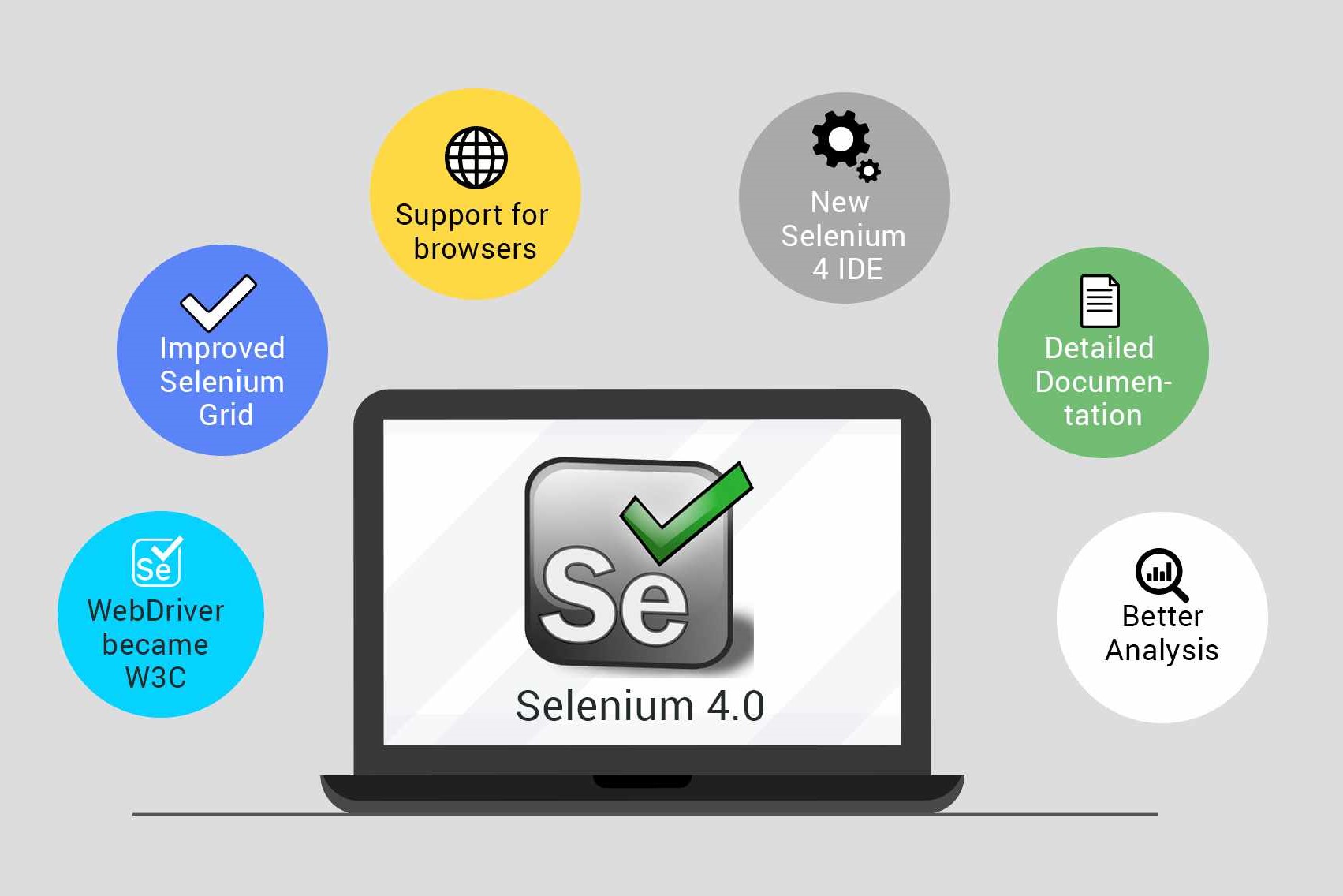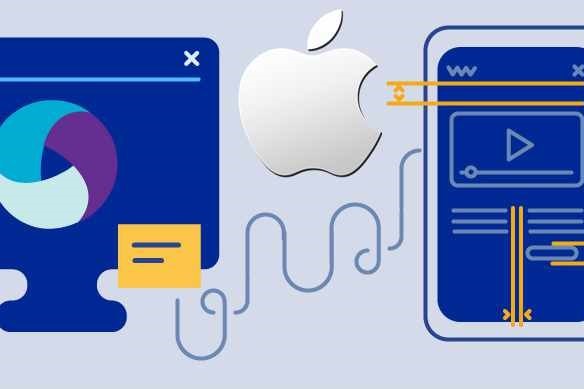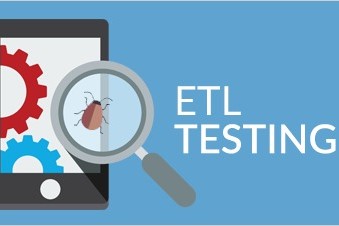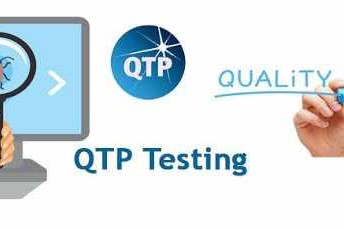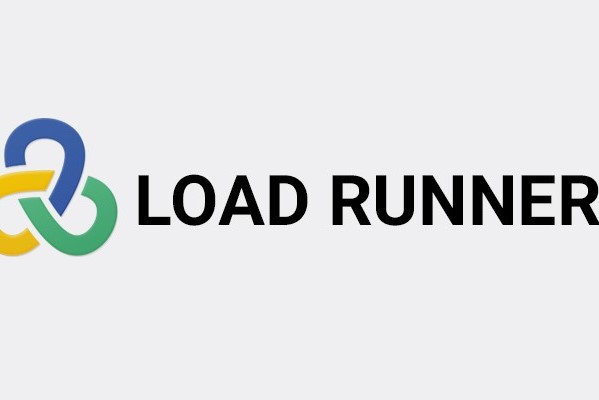Course Information
- Course Price $250
- Total Students 800+
- Course Duration 4 Weeks
Description
Testing is an essential stage of Software Development Life Cycle. Manual testing is the process in which the bugs are identified, separated, and subjected for justification. This is done in order to ascertain that the product is free from defects, thereby producing quality product. For this you require relevant knowledge including different types of manual testing, software development life cycle etc
Benefits
- The process of manual testing is inevitable which should be taken care in the SDLC process. No product can be released only by implementing automated testing.
- Manual testers have vast opportunities at present and most of the organizations recruit Quality Analysts who are experienced in manual testing. It should also be remembered that companies in order to save time, resources and money are inclined to hire people having knowledge in both automation testing and manual testing.
- The changes and operational advancements in manual testing prove that it is important for the manual testers to enhance their skills and day-to-day working styles.
- The testers who stick to manual testing techniques should upgrade their skills with automation testing frameworks also. Several organizations need testers who are good at both manual and automation testing. Manual testing and automation testing will go hand-in-hand with each other for a long time.
Syllabus
- Introduction to testing
- Verification vs validation
- Types of Applications
- Probabilities of getting an error in an application
- SDLC – Software Development Life Cycle
- Waterfall
- Prototype
- Spiral
- Incremental (Agile methodology and Scrum Framework)
- V-Model
- Advantages and Disadvantages of each software development life cycle
- Principles of Testing
- STLC –Software Testing Life Cycle
- Difference between Test case, Use case and Scenario’s.
- How to prepare test plan and strategy
- How to Prepare test case template?
- Difference between Error, bug, defect and failure
- Test Case Design Technique
- Boundary value Analysis
- Equivalence Partitioning
- Decision Table
- State Transition Diagram
- Use Case Testing
- Bug Life cycle
- How to Prepare Bug template?
- Bug Tracking tool
- Types of Testing
- Difference between static and Dynamic testing
- Difference between Functional and Non-functional testing
- Black box testing and its types
- White box testing and its types
- System Integration Testing vs User Acceptance Testing
- Entry Criteria and Exit Criteria
- Test Environment and Test data preparation
- Flow graph notations
- Statement coverage
- Branch coverage
- path coverage
- Cyclometric Complexity
- Integration testing
- Big Bang Integration
- Incremental Approach – Top Down, Bottom up and Hybrid
- Requirement traceability matrix


